VOCES: Variability of ocean ecosystems around South America (CRN 3070)

Project information
Departamento Oceanografía, Servicio de Hidrografía Naval y Universidad de Buenos Aires, Argentina
Policy brief: The secrets of the ocean
Results Outreach Investigators Students Executive summary Photos
SENATE OF ARGENTINA DECLARES VOCES PROJECT OF INTEREST
The Senate of Argentina declares the scientific research project VOCES (Variability of ocean ecosystems around South America), developed collaboratively by researchers in Argentina, Chile, Peru, Uruguay, Brazil and the United States of America, of interest for its contribution to improving the information needed to assess the impacts of natural and anthropic climate variability on the Large Marine Ecosystems of Patagonia, Humboldt and Southern Brazil.
Results
This is a summary of the most salient project results. For further information see the project website, project papers or contact the investigators directly.
The team has produced first high-resolution in situ data on properties and mass transport in South Pacific mesoscale eddies, many of which are intra-thermocline, do not show in sea level anomalies, and may be undetectable in satellite data.
For the South Atlantic, a basin-scale numerical model on the impacts of atmospheric variables on the Agulhas Leakage and circulation patterns showed good agreement between a last 10-year run and observations. Simulations for the continental shelf and slope now include the effects of winds, tides, sea-air heat flux and slope currents coupled with a nutrient-phytoplankton-zooplankton biogeochemical model to simulate the variability in the productivity of the Patagonia Large Marine Ecosystem.
Dynamical analysis revealed that the SSS anomalies represent net mass exchanges between the shelf and the deep ocean amounting to 1.2 million m3 per second. This outflow is largely compensated by an inflow from the Patagonian shelf. Satellite data showed low salinity shelf waters moving towards the ocean interior and towards tropical waters. This was confirmed by in-situ observations of the water mass characteristics and velocity. Biological analysis of the resulting warm low salinity waters in the open ocean confirmed the physical and modelling conclusions: zooplankton populations are characterized by both, shelf and open ocean species.
Analysis of historical data on the exchanges of water and plankton between different Large Marine Ecosystems showed important effects on the distribution and abundance of several plankton and fish species.
An extensive vessel monitoring database allowed evaluation of the spatial distribution of fishing efforts and therefore of the ecosystem service of frontal areas in the South West Atlantic Large Marine Ecosystem. At a smaller scale, an ecosystem approach to small-scale co-managed fisheries in Uruguay showed improved abundance and biomass of yellow clam harvestable stock, stabilization of sizes above the minimum landing size, and a constant exploitation rate at 25%, accompanied by constant catch-per-unit-effort.
Monitoring in the Peruvian upwelling system over 2 seasons showed that medusae bycatch causes substantial losses in the anchovy fishery, the main Peruvian fishery resource. Jellyfish also affect the early life stages of anchovy. Estimating optimal environmental conditions for anchovy larvae, which determine the survivability probability, showed impact of anchovy growth rates and recruitment between 7°-9°S.
Surface CO2 data from cruises are publicly available at the Carbon Dioxide Information Analysis Center (CDIAC) data repository at the Oak Ridge National Laboratory. VOCES and the South Atlantic Meridional Overturning Circulation (SAMOC) project have established a data sharing policy available at http://www.aoml.noaa.gov/phod/SAMOC_international/samoc_data_sharing.php.
The relative ecosystem service of frontal areas in the South West Atlantic Large Marine Ecosystems
En el gran ecosistema marino del Atlántico Sudoccidental, los principales SE se originan en las áreas frontales, principalmente en el frente de talud continental (FT); pero luego el transporte y la mezcla del agua marina los desacoplan en el espacio. El proyecto se propone validar la hipótesis que los principales SE se originan en las áreas frontales, pero que algunos de ellos – por ejemplo, los servicios de provisión (pesca) – aunque dependen de la producción primaria del frente se disocian espacialmente dado el transporte lateral y la mayor movilidad de los organismos del nivel trófico superior hacia la plataforma. Conocer mejor la espacialidad de este proceso redundará en mejores oportunidades para efectuar un manejo de pesca en el Mar Argentino que resulte redituable sin comprometer los SE que permiten la sustentabilidad del recurso.
Project outreach
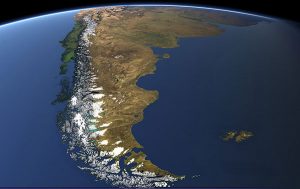 VOiCES from the depth (in Spanish)by Diego Machuca
VOiCES from the depth (in Spanish)by Diego Machuca Source: nexciencia.exactas.uba.ar, 5 August 2016
Climate change and its likely effects on fisheries in the Argentine Sea or the conservation of species are some of the subjects addressed by VOCES, a research project on ocean ecosystems around South America. Scientists, educators and officials from organizations related to fisheries in several countries in the continent assess the impacts on large marine ecosystems.
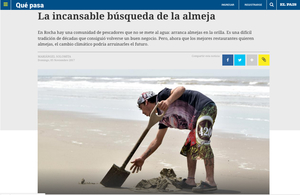 Tireless search for clams, El País, Uruguay, 5 November 2017 Researcher Ignacio Gianelli studies the effects of global change on yellow clam population and artisinal fisheries of this species at the Uruguayan coast
Tireless search for clams, El País, Uruguay, 5 November 2017 Researcher Ignacio Gianelli studies the effects of global change on yellow clam population and artisinal fisheries of this species at the Uruguayan coast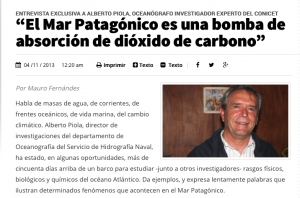 The Patagonian Sea is a carbon dioxide absorption pump
The Patagonian Sea is a carbon dioxide absorption pumpInterview with Alberto Piola, El diario de Madryn, 4 November 2013
Alberto Piola, Oceanographic vessel Puerto Deseado, 8 November 2013
Canal 7, Argentine TV
Project investigators
Marcelo Acha (macha@inidep.edu.ar) Instituto Nacional de Investigación y Desarrollo Pesquero, Argentina
Claudio Campagna (ccampagna@wcs.org) Wildlife Conservation Society and CONICET, Argentina
Kenneth H. Brink (kbrink@whoi.edu) Woods Hole Oceanographic Institution, USA
Ricardo P. Matano (rmatano@coas.oregonstate.edu) Oregon State University, USA
Edmo J.D. Campos (edmo@usp.br) Universidade de São Paulo, Brazil
Osmar O. Möller (dfsomj@furg.br) Universidade Federal do Rio Grande, Brazil
Jose H. Muelbert (docjhm@furg.br) Universidade Federal do Rio Grande, Brazil
Omar Defeo (odefeo@dinara.gub.uy) Dirección Nacional de Recursos Acuáticos and Universidad de la República, Uruguay
Oscar Pizarro (orpa@profc.udec.cl) Universidad de Concepción, Chile
Sara Purca (spurca@imarpe.gob.pe) Instituto del Mar del Perú, Peru
Students
Anahi Brun , Doctorate, Universidad de Buenos Aires, Argentina.
Angel A. Miranda Valencia , Undergraduate, Universidad Ricardo Palma, Peru.
Araceli Bader , INIDEP, Argentina.
Carla Aseff , Doctorate, Universidade Federal do Rio Grande, Brazil.
Carolina Kahl , Doctorate, Universidad de Buenos Aires, Argentina.
Daniel Valla ,Undergraduate, Universidad de Buenos Aires, Argentina.
Daniela Alemany , Post Doctorate, Instituto de Investigaciones Marinas y Costeras, Argentina.
Daniela Risaro , Undergraduate, Universidad de Buenos Aires, Argentina.
Ignacio Gianelli , Master, Universidad de la República, Uruguay.
Jonathan Correa Acosta, Master, Universidad Nacional Mayor de San Marcos, Peru.
Melisa Chierichetti , INIDEP, Argentina.
Mirian Jaimes , Undergraduate, Instituto del Mar del Perú, Peru.
Patricia Alcántara , Undergraduate, Instituto del Mar del Perú, Peru.
Executive summary
Coastal marine ecosystems contribute more than 40% of the total global carbon sequestration and more than 80% of the global fish catch. There is increasing evidence that decadal oscillations of marine ecosystems are correlated to similar climate variations, but the understanding of the physical and biological processes that mediate these correlations is limited.
Our understanding of these relationships has also been hampered by a lack of international coordination and cooperation. Since marine ecosystems are not restricted by political boundaries the efforts of a particular nation to understand its “own” ecosystem are limited by the lack of information about the contiguous regions. There is recognition among political leaders that positive actions are required to address the issues affecting marine ecosystems.
Those actions should be guided by a deep understanding of the physical, biological and biogeochemical mechanisms that regulate these complex ecosystems. The goal of this project is to assess the impact of climate variability —both natural and anthropogenic— on the Humboldt, Patagonia, and South Brazil Large Marine Ecosystems.
To achieve the project’s goal, participating investigators will synergize extant research programs through the coordination of ongoing efforts and will fill existing research and knowledge gaps through collaborative research. They will link the efforts of scientists, educators, and program managers from the participating countries.
Photos
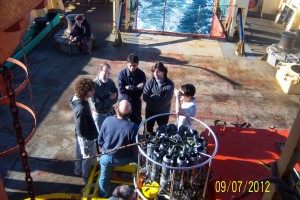
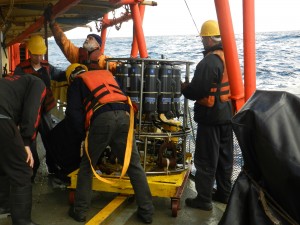
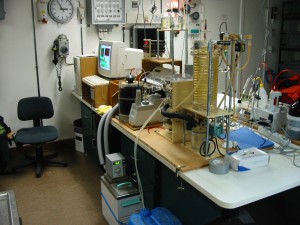
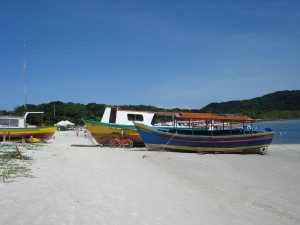
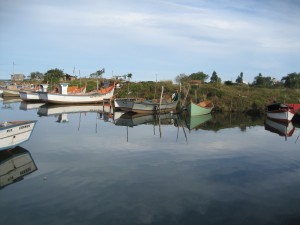
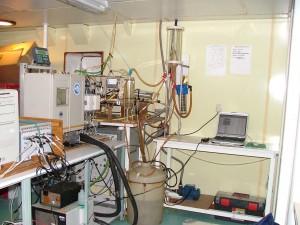
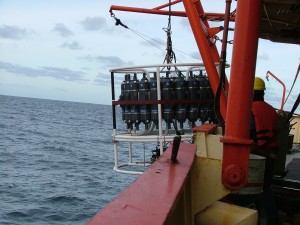
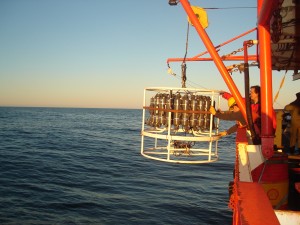
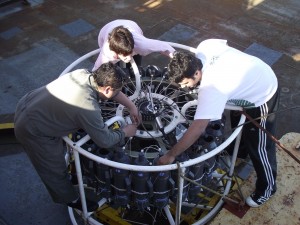
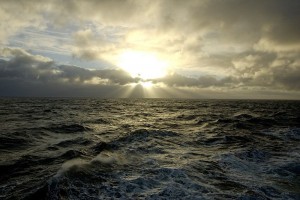
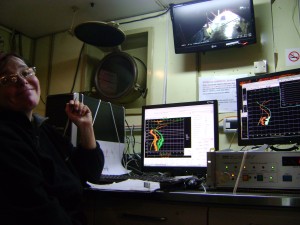
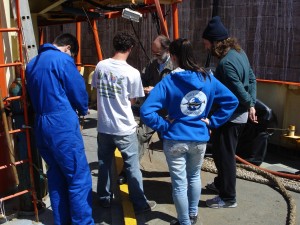
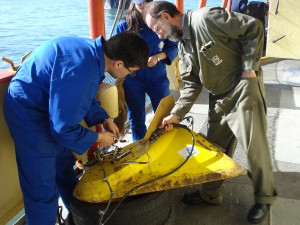
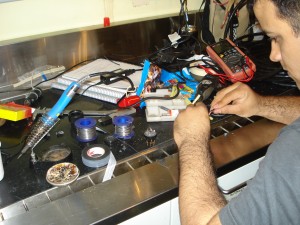
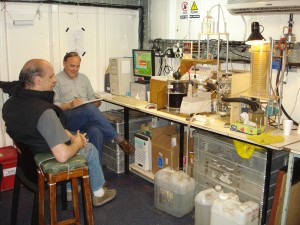
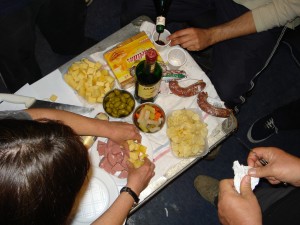
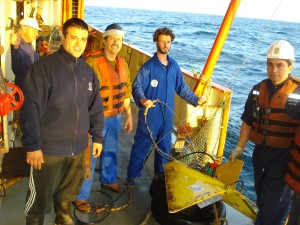
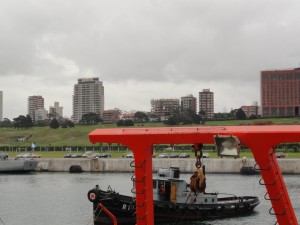
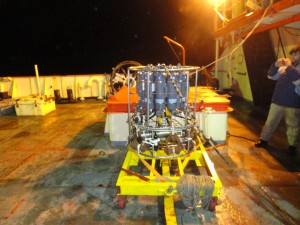
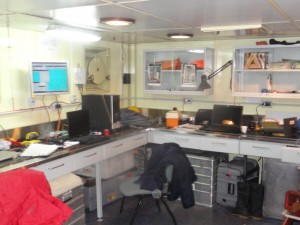
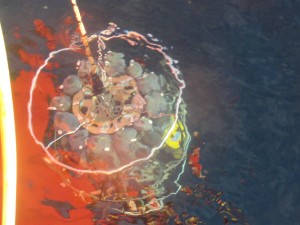
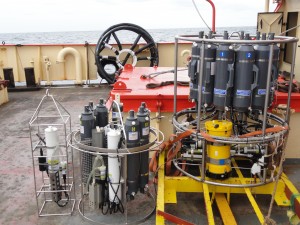
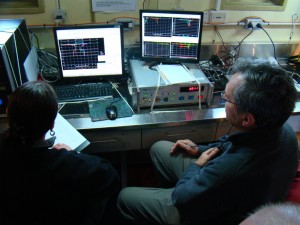
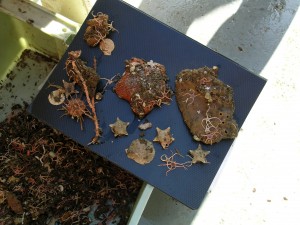
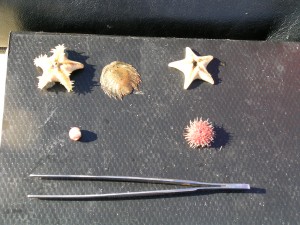
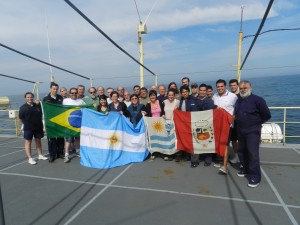
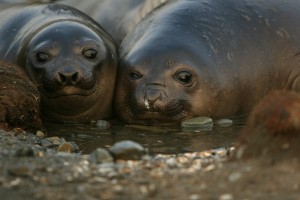
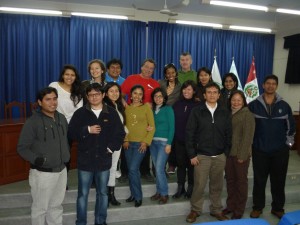
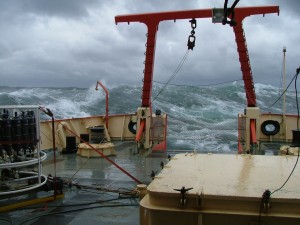
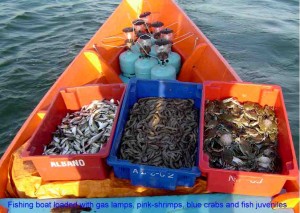
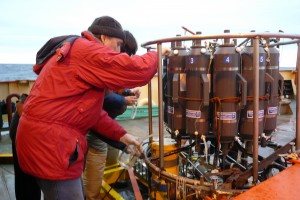
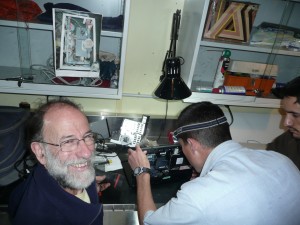
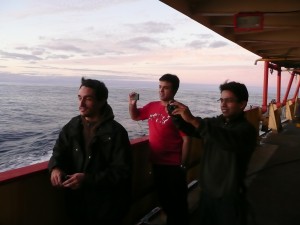
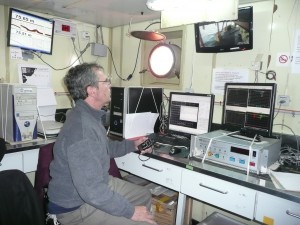
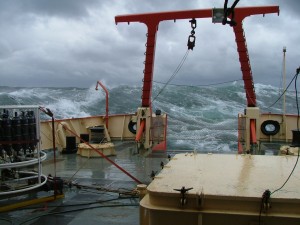
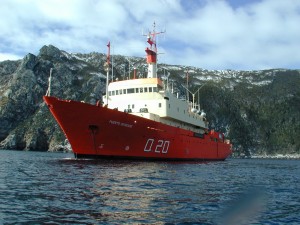
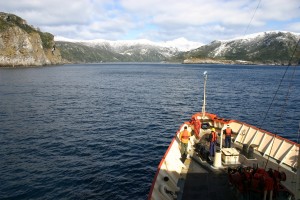
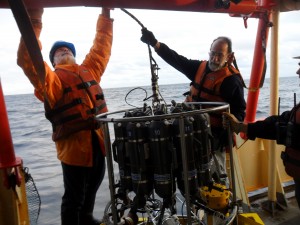
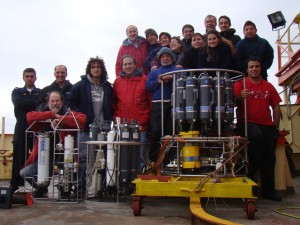
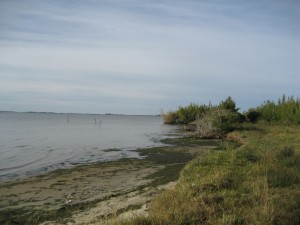
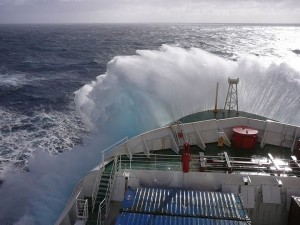
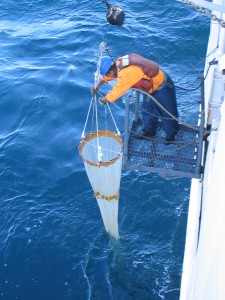
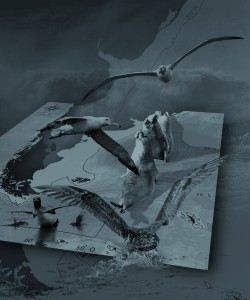
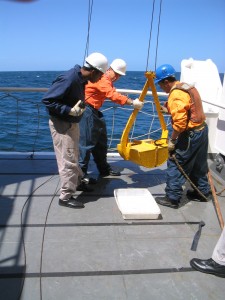
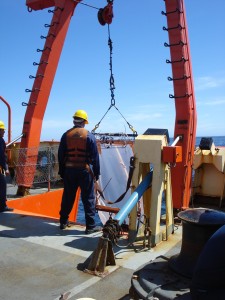
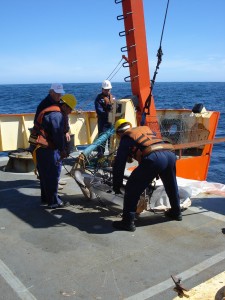
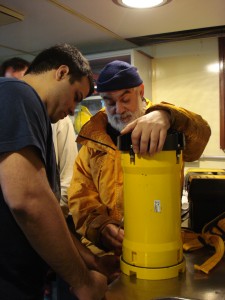
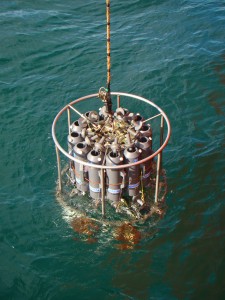
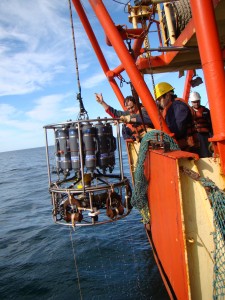
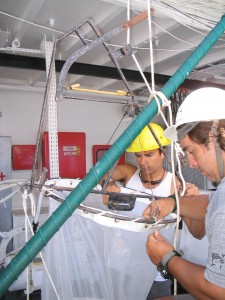


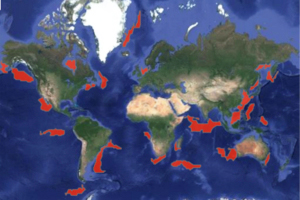 VOCES presents at the Research Dialogue, 48th meeting UNFCCC Subsidiary Body for Scientific and Technical Advice (SBSTA) – 3 May 2018, Bonn, Germany
VOCES presents at the Research Dialogue, 48th meeting UNFCCC Subsidiary Body for Scientific and Technical Advice (SBSTA) – 3 May 2018, Bonn, Germany